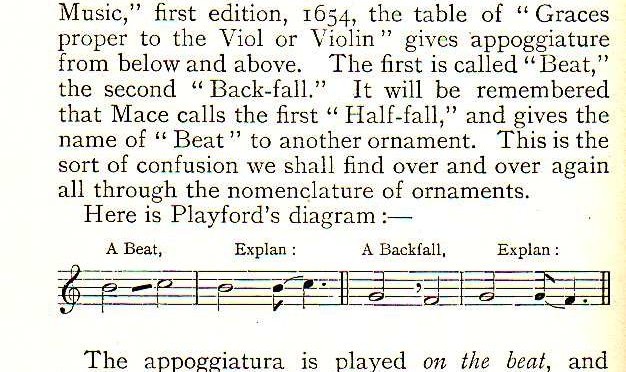Sometimes at St Salvators tower we are short-handed, and we have been gradually working our way though The Chris Higgins Guide To Three-Bell Ringing (ed. Ian Chandler, Kirby Manor Press 2003). I have been enjoying the elegant simplicity of the music as well as the physical challenge of placing and striking the bell well.
Today, being the first day of semester at the University of St Andrews, and also the morning of the clocks changing, there were only two of us. There are two two-bell methods in the book, and we tried them both – Cambridge being a little more pleasant, with more intellectual challenge as well as less physical. But then I fancied something different and so invented on the spot some stedman-style methods which I see now loking though my notes also share some charateristics of the ultimate 3-bell method, Shipping Forecast.
The idea is to lie, point and lie. You can lie for 2 or 3 blows, and you can arrange the blocks of 2 and 3 lying adjacent or alternating.
x=xx=x=xx= or x=xx==x=xx== or x=xx==x==xx=
We rang the three and the five, the University’s two medieval bells, whose minor 3rd interval was to me the characteristic sound of the tower before the augmentation in 2010.
I wonder if it would be possible to make a connection with the binary music of Robert ap Huw and the other late medieval / early modern Welsh secular instrumentalists? Was this most fundamental art of change ringing used before changes on higher numbers were developed?
In medieval Welsh notation we might write for the three methods above
00100.11011 and 001000.110111 and 001000.111011
Finally we discussed a little what to call this type of ringing. The book unimaginatively describes these methods using just the word “two”. We can do better than that. The convention for odd numbers of bells is to count the number of simultaneous changes possible, so on 3 is singles, 5 is doubles, 7 is triples, and so on. On even numbers, Latin descriptors are used: 4 is minimus, 6 is minor, 8 is major, &c. I proposed “micromus” but I don’t know if that is too silly!





